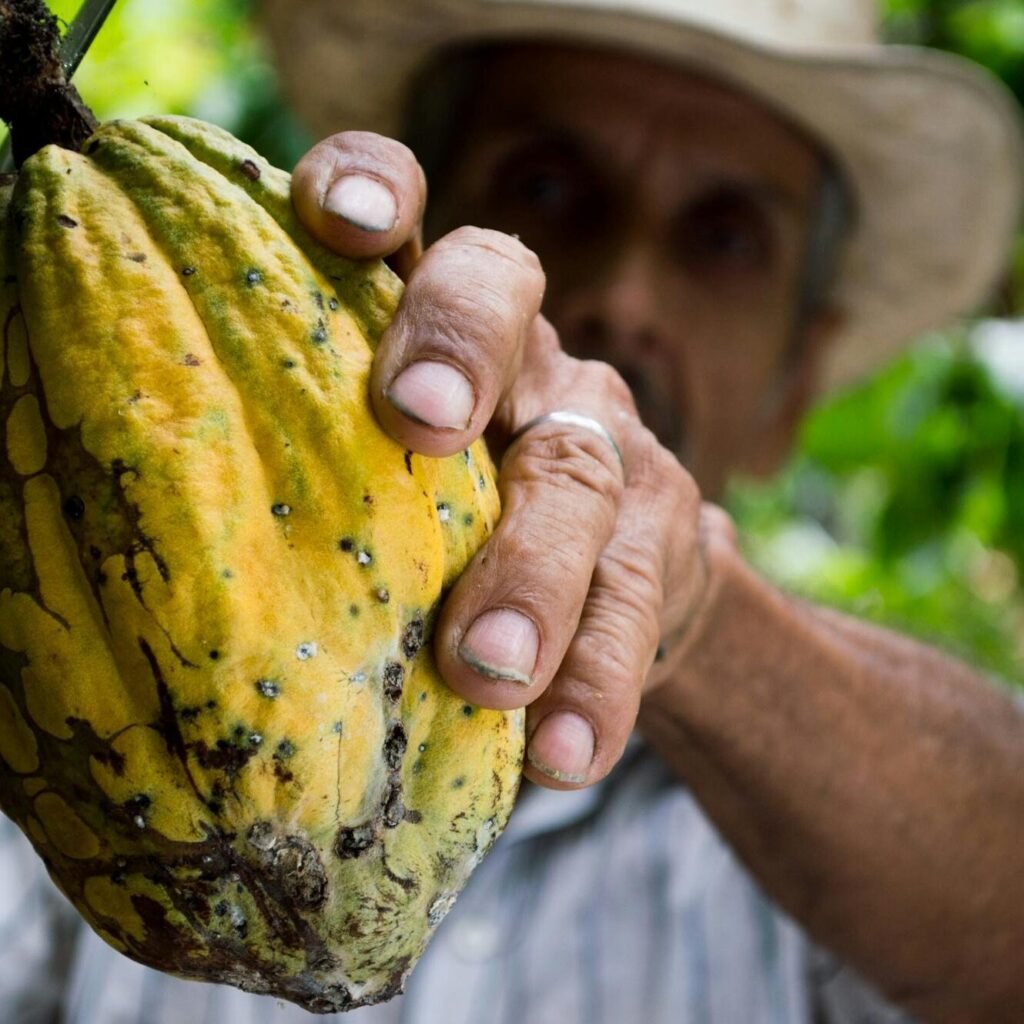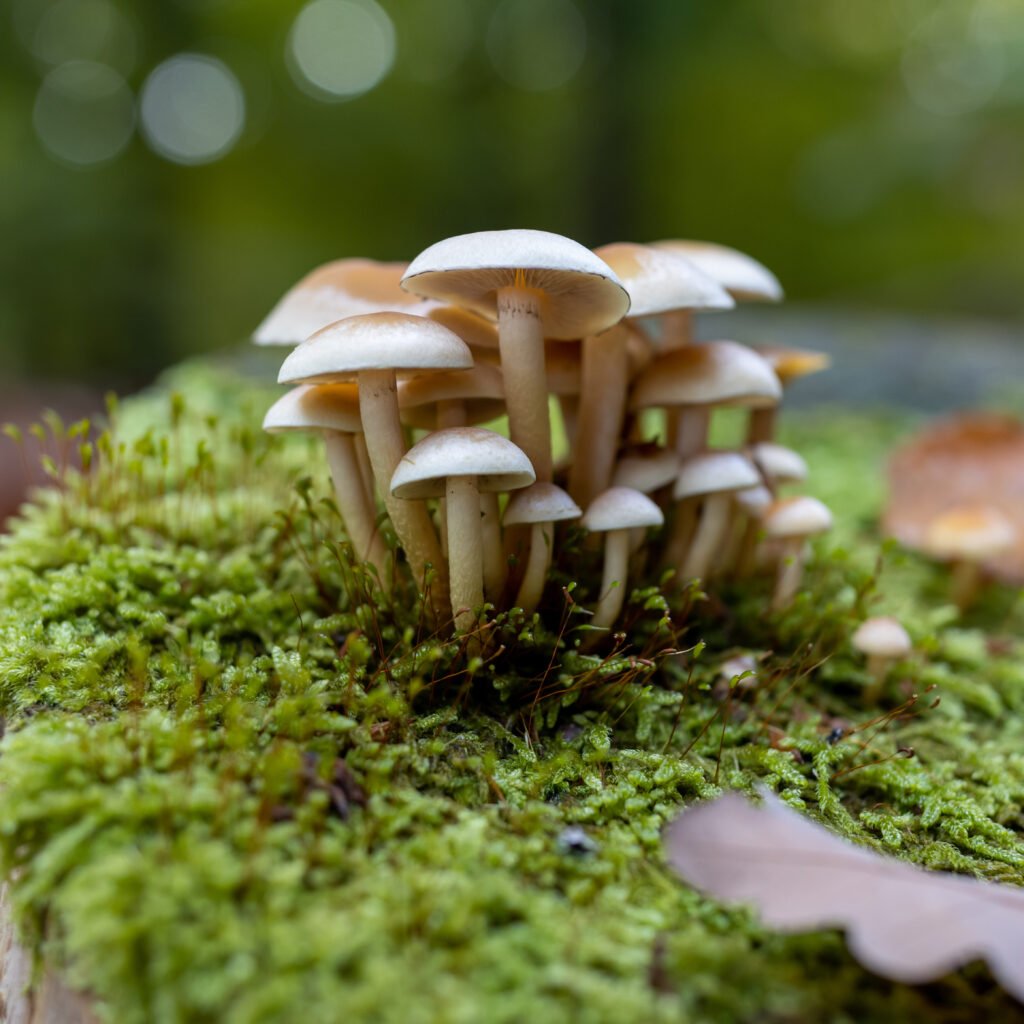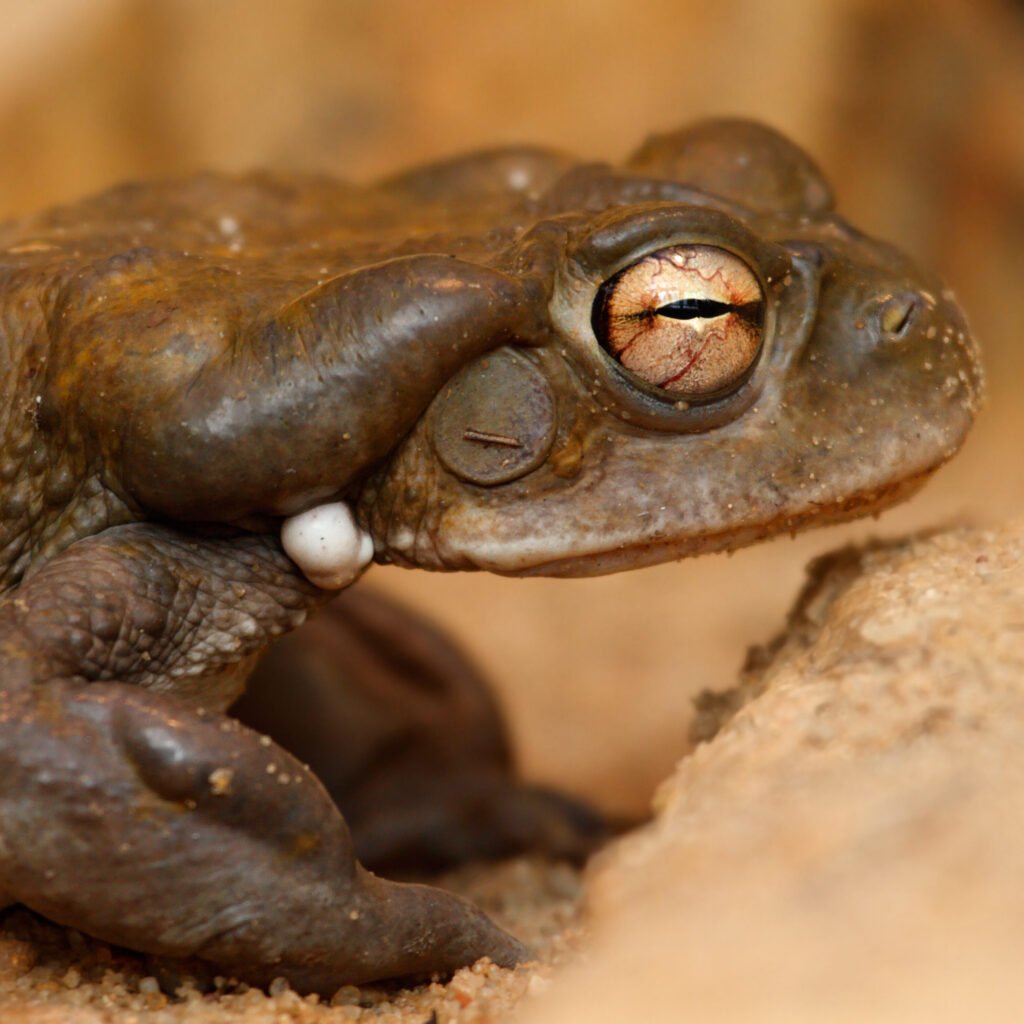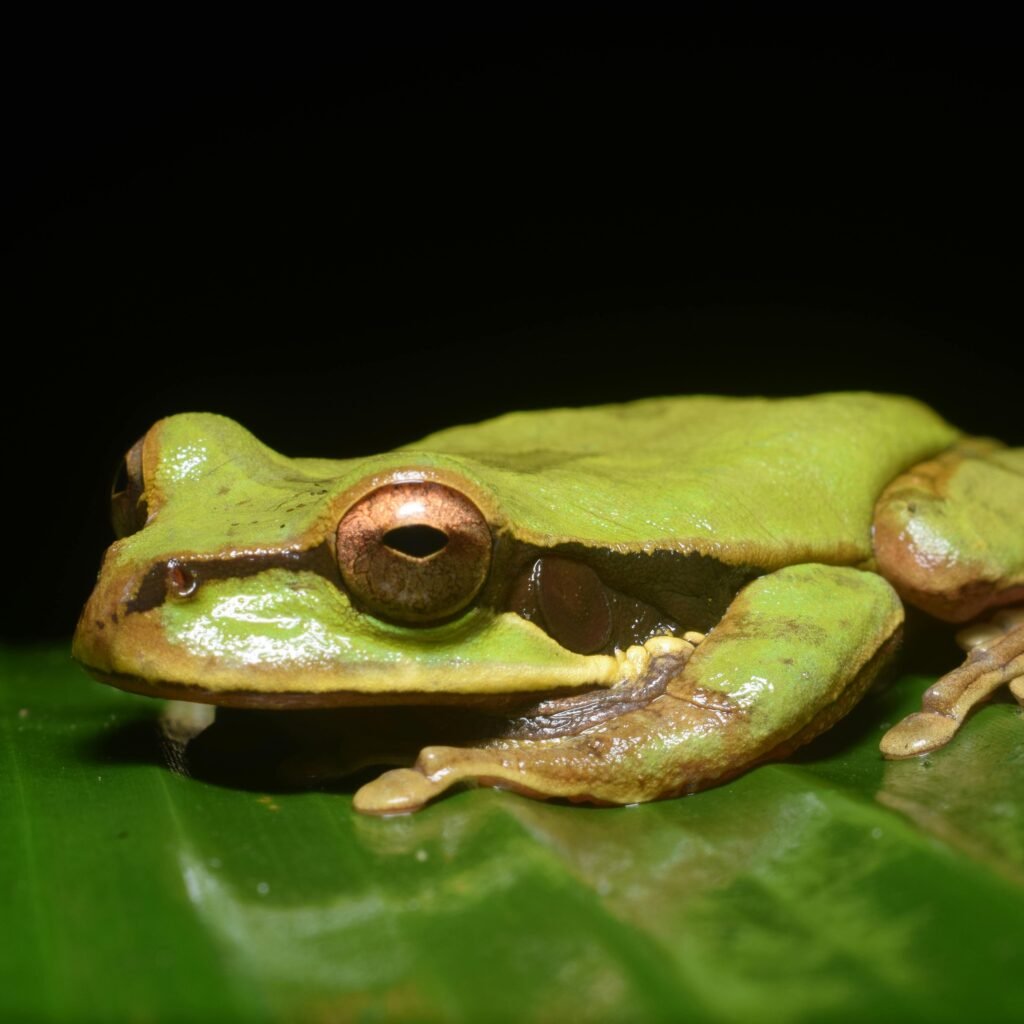The listed Sacraments are used intermittently across affiliated spiritual transformation and integration centers in the Power of One Global Alliance.
We Primarily Work With

Ceremonial Cacao
About Cacao
What it is:
Cacao is the spirit of the heart — warm, wise, and nurturing. Used by ancient Mesoamerican cultures, ceremonial cacao is raw, pure chocolate in its most sacred form. It is not just a food; it is a plant spirit that holds us with tenderness and joy.
How we use it:
Prepared as a warm, rich drink, often consumed in community or solo ritual with song, dance, sharing, or meditation.
Benefits:
Cacao gently opens the heart, softens emotional walls, and invites connection — to self, to others, and to love. It is often used for inner child healing, creativity, and gratitude practices. She helps us remember how to feel, how to forgive, and how to love again.
Potential side effects:
Very mild overstimulation if taken with caffeine or certain medications. Best taken with mindfulness.
Source:
Sustainably grown by Indigenous farmers who honor the sacredness of cacao, and lovingly prepared for ceremony.

Rapé (Hapé)
About Rapé
What it is:
Rapé is a sacred snuff made from finely powdered plants and sacred ash, lovingly prepared by Amazonian tribes. It is a medicine of the forest that brings focus, clarity, and deep energetic cleansing. Used with prayer, it is a gift from the Earth to help us return to stillness.
How we use it:
Gently blown into the nostrils with a ceremonial pipe, accompanied by prayer and intention. It is never recreational — always sacred.
Benefits:
Rapé clears mental and emotional fog, aligns energy, and grounds the spirit. It invites us into presence, humility, and surrender. Often used to open or close sacred ceremonies, it deepens connection to prayer, intuition, and the breath of life.
Potential side effects:
Tears, sneezing, or purging — each seen as sacred release of what no longer serves.
Source:
Made in ceremony by Indigenous elders, each batch a blessing, a living offering of the Earth’s healing intelligence.

Psilocybin Mushrooms
About Psilocybin Mushrooms
What it is:
Psilocybin is a naturally occurring psychedelic compound found in sacred mushrooms, lovingly referred to as “magic mushrooms.” It has been used ceremonially for centuries to open the heart and expand the mind.
How we use it:
Ingested with intention, reverence, and in a safe, supportive setting.
Benefits:
Psilocybin mushrooms guide you inward — helping to gently peel back layers of pain, illusion, and separation. They inspire wonder, deep emotional healing, and a powerful sense of unity with nature, the universe, and your true self. Many experience joy, spiritual connection, and lasting insight into life, love, and purpose. It’s also used in modern therapy to address depression, addiction, and anxiety with beautiful results.
Potential side effects:
Nausea and vomiting may occur, often viewed as part of the emotional or energetic clearing process.
Source:
Lovingly cultivated within the PO1 Alliance with care, intention, and respect for the sacred nature of this medicine.

5-MEO-DMT (BUFO)
About 5-MEO-DMT
What it is:
Bufo Alvarius, often lovingly referred to as the “God Molecule” toad, is a sacred amphibian native to the Sonoran Desert in northern Mexico and the southwestern United States. Its secretion contains 5-MeO-DMT, one of the most powerful naturally occurring psychoactive compounds on Earth.
How we use it:
Through gentle and mindful inhalation in a safe, guided setting.
Benefits:
Bufo offers a deeply transformative journey that touches the soul. Many experience a sense of rebirth, ego dissolution, and union with the Divine or Source. It can bring profound healing — releasing grief, trauma, and emotional blockages that may have been held for years. This sacred medicine opens the heart to infinite love, peace, clarity, and purpose. It is often used to support healing from depression, anxiety, PTSD, and addiction, leading many to describe it as a true return to wholeness.
Potential side effects:
Tremors, changes in breathing, vomiting — often seen as part of the body’s purging and release process.
Source:
The secretion is compassionately collected from the toad’s glands in a way that causes no harm, with deep respect and gratitude for this extraordinary being. We source this medicine directly from the Bufo Alvarius Sonora Sanctuary.

Kambô
About Kambô
What it is:
Kambô is a beautiful, non-psychoactive traditional Amazonian medicine sourced from the Giant Monkey Frog (Phyllomedusa bicolor). It has been used for generations by indigenous tribes for cleansing and strengthening the mind, body, and spirit.
How we use it:
The medicine is applied to small superficial burns on the skin, allowing its powerful healing properties to enter the bloodstream.
Benefits:
Kambô is a warrior medicine — deeply purifying and physically invigorating. It is used to clear emotional baggage, strengthen the immune system, and reset the body’s natural balance. Many report incredible improvements in conditions such as chronic pain, fatigue, depression, anxiety, infections, and even serious illnesses. Beyond the physical, Kambo often brings emotional resilience, courage, and a renewed zest for life.
Potential side effects:
Nausea, vomiting, diarrhea, sweating, and light-headedness — typically brief and considered a powerful detox of the body and spirit.
Source:
Kambô is respectfully and sustainably gathered from the frog’s secretions, always ensuring the animal is unharmed and honored in the process.

Tobacco (Sacred Mapacho)
About Tobacco (Sacred Mapacho)
What it is:
Sacred tobacco, often called Mapacho in Amazonian traditions, is a powerful and revered plant teacher. Unlike commercial tobacco, Mapacho is pure, unprocessed, and used not for recreation, but as a sacred medicine. It is deeply respected in Indigenous cultures throughout the Americas for its grounding, cleansing, and protective properties.
How we use it:
Mapacho is used in ceremony in various ways — smoked with intention, blown over the body or energy field (a practice called soplada), or placed as an offering. It is never used casually; it is always approached with reverence, prayer, and gratitude.
Benefits:
Tobacco is a grounding and protective spirit — it clears heavy energy, strengthens intention, and deepens connection to the present moment. It is often used to open or close ceremonies, to protect against negative energies, and to communicate with the spirit world. Mapacho helps to center the mind, connect to the heart, and anchor spiritual experiences into the body. It is also used to support emotional release and to honor ancestors, teachers, and the Earth.
Potential side effects:
Light-headedness, nausea, and dizziness if misused or overused — which is why it is always approached with care and respect. This is sacred medicine, not for casual or habitual use.
Source:
Mapacho comes from Nicotiana rustica, a potent tobacco plant grown traditionally and prepared without additives. It is harvested with deep respect and used in sacred contexts by those trained in its power.
Additional Sacraments

Ayahuasca
About Ayahuasca
What it is:
Ayahuasca is a sacred plant medicine from the Amazon rainforest, used for centuries by Indigenous tribes for healing, vision, and spiritual awakening. It is a tea made from the Banisteriopsis caapi vine and the Psychotria viridis leaf, which together open a powerful gateway to the inner and spiritual worlds.
How we use it:
Ayahuasca is consumed ceremonially in a guided setting, often led by experienced facilitators or shamans, within a safe and intentional space for healing and exploration.
Benefits:
Ayahuasca is often described as a wise teacher spirit — a powerful guide into the depths of the soul. It can illuminate emotional wounds, bring unconscious patterns to light, and offer deep insight, forgiveness, and release. Many experience profound visions, ancestral healing, and a reconnection with purpose, nature, and divine love. This medicine supports healing from trauma, depression, anxiety, addiction, grief, and existential disconnection. For many, it is a homecoming — a journey back to the truth of who they are.
Potential side effects:
Nausea, vomiting (often referred to as “la purga” and considered a spiritual and physical cleansing), diarrhea, strong emotional releases, fatigue, or intense inner experiences.
Source:
Ayahuasca is prepared with sacred intention from plants sustainably harvested in the Amazon. Each ceremony is approached with reverence, deep respect for Indigenous traditions, and love for the healing process it facilitates.

San Pedro (Huachuma)
About San Pedro
What it is:
San Pedro, known as Huachuma in the Andes, is a sacred cactus with a long lineage of healing, ceremony, and heart wisdom. Revered as a grandfather spirit, it brings expansive love and gentle guidance. This ancient teacher has been used for thousands of years to reconnect people with the Earth, with Spirit, and with the truth in their hearts.
How we use it:
Consumed as a warm tea during ceremonial gatherings, often held in nature to honor its connection to Pachamama (Mother Earth) and the cosmos.
Benefits:
San Pedro brings a soft, heart-opening light that invites deep peace, emotional healing, and communion with all of life. It helps dissolve separation and awaken the soul to love, truth, and purpose. Many find clarity, forgiveness, and a renewed sense of unity with themselves and all creation. It is a walk of beauty with the sacred.
Potential side effects:
Gentle purging, emotional release, or fatigue — often experienced as sacred cleansing.
Source:
Grown and harvested with deep reverence in the Andes, offered in prayer, and carried with great respect by the keepers of this lineage.

Kanna
About Kanna

Changa
About Changa
What it is:
Changa is a smokable blend of herbs infused with DMT (dimethyltryptamine), often referred to as “the Spirit Molecule.” Unlike pure DMT, Changa includes MAO-inhibiting plants (like Banisteriopsis caapi), which create a slower, more grounded, and heart-opening experience. It is often called “smokable Ayahuasca.”
How we use it:
Changa is gently smoked in a calm, intentional setting, often with guidance or ceremonial structure to support a safe and meaningful journey.
Benefits:
Changa offers a deeply sacred and accessible way to experience the realms of spirit and self. It often brings vivid visions, emotional clarity, spiritual insights, and profound feelings of love, unity, and remembrance. Unlike the intensity of pure DMT, Changa is softer and more forgiving — a bridge between worlds that can offer healing, clarity, and a return to the heart. It’s used for reconnecting to the Divine, processing trauma, expanding consciousness, and embracing the now with presence and gratitude.
Potential side effects:
Mild disorientation, emotional intensity, temporary confusion, or nausea — usually brief and part of the unfolding process.
Source:
Crafted with sacred care, Changa blends are typically made with natural herbs and DMT-containing plants, combined with MAO-inhibiting leaves. These are prepared with deep respect for the spirit of the medicine and the traditions from which it emerged.

Iboga
About Iboga
What it is:
Iboga is a sacred plant medicine derived from the root bark of the Tabernanthe iboga shrub, native to Central Africa. It has been used for centuries in traditional Bwiti spiritual practices in Gabon, where it is revered as a powerful teacher, healer, and guide. Iboga contains the psychoactive alkaloid ibogaine, known for its profound effects on consciousness, healing, and addiction recovery.
How we use it:
Iboga is ingested ceremonially in a guided setting with skilled facilitators. It is typically administered in a quiet, grounded environment where safety, integration, and spiritual support are prioritized.
Benefits:
Iboga is often described as one of the most powerful tools for deep inner work. It can bring intense introspection, clarity, and release from long-held trauma, patterns, and addictions — particularly opioid and substance dependencies. The journey is profound, offering direct insight into one’s life, choices, and soul path. Many describe it as a spiritual reset — a confrontation with truth and a realignment with purpose, self-love, and responsibility. Iboga also supports emotional and energetic cleansing, ancestral healing, and deep rest for the nervous system.
Potential side effects:
Nausea, vomiting, tremors, insomnia, and vivid visions. Due to its intensity and physiological impact, Iboga is not for everyone and should only be used under proper medical screening and experienced facilitation. It is contraindicated for certain heart conditions and medications.
Source:
Ethically sourced from mature Iboga plants in West and Central Africa, often in collaboration with Bwiti practitioners. The medicine is harvested sustainably and with deep respect for the sacred lineage and spiritual traditions that hold its wisdom.
Therapeutics

Ketamine
About Ketamine
What it is:
Ketamine is a legal, dissociative compound increasingly used in therapeutic settings for profound emotional healing and relief from treatment-resistant mental health conditions. Originally developed as an anesthetic, it is now recognized for its psychedelic and neuroplastic potential.
How we use it:
Administered intramuscularly or via lozenge in a guided, clinical or ceremonial setting, with integration support.
Benefits:
Ketamine creates a temporary softening of the ego and opens access to subconscious material. Many report relief from depression, PTSD, and anxiety, as well as expanded insight, compassion, and a renewed sense of possibility. It offers a space between thought and feeling — where deep healing and re-patterning can unfold.
Potential side effects:
Nausea, dissociation, dizziness, or emotional discomfort may occur during or after the session.
Source:
Legally prescribed and administered with care, intention, and clinical oversight in partnership with skilled facilitators.

MDMA
About MDMA
What it is:
MDMA (3,4-methylenedioxymethamphetamine), also known as “ecstasy” in recreational contexts, is a powerful empathogen that opens the heart and dissolves fear-based patterns. It is currently in advanced stages of clinical trials for PTSD and trauma healing.
How we use it:
Used in guided therapeutic or ceremonial settings with a clear intention, heart-centered facilitation, and post-journey integration.
Benefits:
MDMA fosters deep emotional safety, trust, and connection. It helps release fear, access difficult memories without overwhelm, and restore a sense of love, joy, and inner peace. Many experience profound forgiveness — of self and others — and a renewed capacity for intimacy, authenticity, and healing.
Potential side effects:
Jaw tension, dehydration, temporary emotional vulnerability, or post-session fatigue. Careful preparation and integration are key to maintaining balance.
Source:
Pure, tested MDMA is used within legal or research-aligned frameworks, approached with respect for its extraordinary potential to heal the heart.
Supportive Modalities

Breathwork
About Breathwork
What it is:
Your breath is your first medicine. Breathwork is the sacred act of breathing with awareness — a gateway to Spirit that lives within us. Through connected, conscious breathing, we can open the doors to healing, memory, release, and light.
How we use it:
Practiced in ceremony or guided sessions, lying down and breathing rhythmically with support, music, and intention.
Benefits:
Breathwork clears trauma, softens grief, and awakens joy. It can bring visions, connection to Source, and deep spiritual insight. It reminds us that healing is already within us — every inhale a gift, every exhale a letting go.
Potential side effects:
Tingling, tears, or deep emotional releases — the breath knows what the soul is ready to move.
Source:
Universal and sacred, breath belongs to no one tradition and yet flows through all. It is life itself.

Yoga
About Yoga
What it is:
Yoga is an ancient practice originating in India, encompassing physical postures (asanas), breathwork (pranayama), and meditation. More than just movement, yoga is a holistic path to union — aligning body, mind, and spirit in harmony.
How we use it:
Practiced in a serene, supportive environment as a daily or weekly ritual. Sessions often incorporate breath awareness, mindful movement, and stillness for deeper integration.
Benefits:
Yoga cultivates presence, grounding, and vitality. It enhances flexibility, strength, and balance while soothing the nervous system and calming the mind. Spiritually, yoga helps reconnect with the inner self, release stored emotions, and foster clarity, compassion, and peace. As a complement to other healing modalities, yoga supports embodiment and integration.
Potential side effects:
Mild soreness or emotional release may occur as tension is released from the body.
Source:
Rooted in thousands of years of spiritual wisdom and shared with respect for the sacred lineage of its teachings.

Sound Healing
About Sound Healing
What it is:
Sound is the language of Spirit. Whether through gongs, singing bowls, crystal tones, drums, or human voice, sound healing is a way of returning the body and soul to harmony. These sacred vibrations bathe us in remembrance of wholeness.
How we use it:
Received lying down or in meditation, sound ceremonies invite deep stillness and surrender as healing tones move through the body’s energy field.
Benefits:
Sound opens portals to peace, clears stagnant energy, and realigns the soul’s frequency. It calms the nervous system and invites the heart to listen. Many experience profound emotional shifts, visionary insight, and radiant calm.
Potential side effects:
Occasional emotional release or vivid dreams — seen as blessings from the resonance of healing.
Source:
Instruments chosen with love, used with sacred intent to carry prayers through the air and into the body.

Somatic Therapies
About Somatic Therapies
What it is:
Somatic therapy is a body-centered therapeutic approach that integrates awareness of physical sensations, movement, and the nervous system to process trauma and emotional stress. It recognizes the body as a vital source of healing and insight.
How we use it:
Guided by trained practitioners in one-on-one or small group settings, somatic therapy may include breathwork, movement, touch, visualization, or voice. The focus is on gently exploring how past experiences are held in the body and creating space for release and regulation.
Benefits:
Supports trauma resolution, emotional release, and nervous system regulation. Helps increase body awareness, presence, and resilience. Over time, it cultivates a greater sense of safety, embodiment, and self-trust. Somatic work often complements and deepens the effects of other healing modalities.
Potential side effects:
Emotional waves or physical sensations may arise as stored energy is released. Integration support is encouraged.
Source:
Rooted in modern neuroscience and body-based psychotherapies, drawing from traditions such as Somatic Experiencing, Hakomi, and Sensorimotor Psychotherapy.

Energy Healing
About Energy Healing
What it is:
Energy healing involves channeling or shifting subtle energetic currents to balance the body’s energetic field (or aura) and restore natural harmony. It works on the belief that life force energy flows through all living things and that disruptions in this flow can affect well-being.
How we use it:
Offered in a calming space through hands-on or hands-off techniques like Reiki, chakra balancing, or intuitive healing. Sessions are often accompanied by guided meditation, sound, or breath to enhance receptivity.
Benefits:
Promotes relaxation, stress reduction, emotional clearing, and energetic alignment. Many report a sense of lightness, clarity, and spiritual connection. Energy healing can be a gentle yet profound support before or after more intensive practices.
Potential side effects:
Temporary fatigue or emotional sensitivity as energy shifts and integrates.
Source:
Inspired by global traditions including Japanese Reiki, Indigenous medicine, and intuitive energy work, shared with humility and reverence.

Temazcal
About Temazcal
What it is:
Temazcal is an ancient ceremonial sweat lodge — a sacred space for prayer, purification, and rebirth. This tradition, rooted in Indigenous cultures of the Americas, is a powerful act of healing and surrender.
How we use it:
Participants gather inside a dome-shaped lodge where hot volcanic stones are placed in the center. Healing herbs and water are added to create steam, inviting a profound cleansing of body, mind, and spirit.
Benefits:
Temazcal offers deep detoxification, emotional release, and spiritual renewal. It supports the respiratory and digestive systems, aids in physical recovery, and promotes clear, radiant skin. Many also find powerful support for menstruation, postpartum healing, and spiritual reconnection. It is a return to the womb of Mother Earth — a space of release, prayer, and transformation.
Potential side effects:
Sweating, overheating, and light-headedness — all part of the cleansing journey.
Source:
Rooted in Indigenous wisdom and carried out with love and reverence for the elements and the ancestors.
